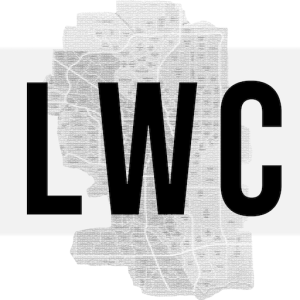A good transit project is not good at any cost, and at some point, the costs are too high to justify.
Part of the problem is a bad procurement strategy, lack of civil service capacity, as well as high risk and inflation from (almost entirely conservative) political actors. Some of these could in theory be fixed sooner than others, but that's a discussion for another time.
The other part of the problem is the assumption that road space is sacrosanct in the centre city. That's the fundamental assumption that leads to lengthy tunnelling in uncertain conditions, which then leads (via the procurement strategy) to preposterous cost blowouts because the private sector is being used to price in risk. And that's why there are these arguments over a wildly expensive tunnel, or an expensive and low-quality elevated stub.
But we have plenty of road space in the downtown! Traffic volumes are down from 15 years ago; there's more road space than ever! There is no need to spend a billion dollars tunnelling in the east Beltline to avoid an at-grade crossing of Macleod to maintain road capacity. Macleod has been down one lane (and frequently two lanes) for the past few years due to the Vic Park LRT reconstruction, and the world hasn't ended.
The approach I would take if I didn't think the tunnel could be constructed for a reasonable cost is straight forward - the north line comes down the Centre Street Bridge, turns on 3rd Ave with a stop in Chinatown, then goes down 1st St W to 7th Ave. The southeast leg comes down 11th Ave (or one direction on 11th, one on 12th), then goes under the CPR using the existing structure at 1st St W. All of these roads lose two lanes of car space and gain a two-way LRT track, which results in a rough 5x increase in person moving capacity.
If we don't want to cross the LRT at grade right now because of operational reasons, then the two legs can just end either side of 7th Ave, and the few people making the southeast-to-north central trip have a short walk to transfer, but everybody who is going to the downtown has a train to the centre, and everybody connecting to the blue or red lines has the same short walk to transfer they would normally -- in fact, shorter in many cases since they don't have to go up three floors or down two. When the 8th Ave subway is built and the red line moves off of 7th Ave, we can reconsider connecting the Green Line, since 7th will have a lot fewer constraints.
This is the actual, obvious, cost-controlled way to build the centre segment. It removes the risk of tunnels and the risk of elevated construction (
ask Edmonton about that). The simplicity also means it can be built faster, which is also cheaper.
I get why the build-it-best crowd is behind a tunnel. But the build-it-cheap crowd should be 100% behind at-grade construction. If they are not, that to me suggests that they are not actually the build-it-cheap crowd.

